Introduction
Did you know that Cuisine Recipe from Russia was formed by many cultures and influenced to the extent that it grabbed many people’s tastes worldwide? Hearty soups, tasteful pancakes, savorous stews—Russian cuisine stands for diversity in flavoring and techniques bound to flatter even the most discerning palates.
Whether you need help cooking valuable cuisine recipes, delicious meal ideas, gourmet cooking tips, top-rated recipes, the hottest culinary creations, inspiration for savory dishes, really high-quality collected recipes, or must-try cooking techniques, the Russian gastronomic scene has it all. Ready to dive deep into the best of the best in Russian culinary greatness with these great recipes that define this excellent cuisine?
We unlock Russian cooking with the kind tips of professional chefs, home cooks, and food lovers who have tasted a Russian dish and know why it felt like that. This rolls up their insights into public opinion and years of culinary expertise to help guide us on this gastronomic journey—more than just yummy recipes but also getting into cultural meanings behind every dish.

Key Takeaways:
- Russian cooking is varied in flavors and techniques because of different cultural influences.
- Discover valuable cuisine recipes, gourmet cooking tips, and top-rated dishes from Russia.
- Expert opinions and public perspectives provide insight into Russian recipes‘ meanings to people.
The Rich Tapestry of Russian Culinary Heritage
Few countries can be compared with Russia in terms of the rich tapestry of flavors of cultural heritage. Based on a multi-centuries-long history, Russian culinary heritage reflects the numerous and diverse influences that have come together to mold the country’s identity in food culture. From the nourishing yet hearty dishes from the far colder regions of the north to the fragrant, vivid south dishes, Russian cuisine presents a journey across a land of flavors.
One of the characteristic features of Russian cuisine is the use of fresh, locally produced raw materials. The country’s vast expanse of landscape offers all kinds of natural resources that find their way into traditional recipes in cooking dishes that burst with original flavors. Rich, earthy mushrooms and plump berries are other tasty ingredients, making Russian cuisine obligatory for everyone.
“Russian cuisine is a genuine reflection of the country’s cultural diversity,” comments Ivan Ivanov, a famous chef. From Mongolian touches in the meaty dishes filling in Siberia to French pastries of St. Petersburg, there is something for everyone to enjoy.”
Russia’s culinary heritage represents many distinctive ways of cooking, from rich, slow-braised meat in sauce to the fine art of preserving fruits and vegetables for the winter months. The command of these techniques gives Russian dishes depth and complexity, ensuring that time-honored cooking methods are kept authentic and followed down through the years for the heart of Russian cuisine.
What is excellent about Russian culinary heritage is its ability to adapt and evolve while sticking to its roots. Seasonal vowels contribute much to the formation of Russian recipes, as availability dictates flavor and sets of ingredients for traditional dishes during different periods of the year. Russian cuisine is all-encompassing concerning seasons and treats regarding the glory of nature, be it the rich soups during the cold winter months or the crisp salads during the sweltering summers.
Let intense flavors, extraordinary ingredients, and old traditions, which together have put Russian food on the map, try to win you over. Relish such long-standing favorites as borscht or test strange but tempting dishes—the tastes will plunge you straight into the heart of Russia’s vibrant food culture.
A Russian Gourmet Cooking: Tips to Make the Most of Culinary Traditions

Fresh local ingredients and methods will be incorporated to ensure authenticity.
A big part of Russian cuisine is fresh, locally sourced ingredients that authenticate the dishes. Russian recipes—hearty stews or delicate pastries—are often based around in-season produce, locally caught fish, and high-quality meats. Using the same fresh ingredients, home chefs can replicate the authentic flavor of Russian cuisine and take their dishes to an entirely new level.
Mastering the Art of Russian Cooking Techniques
The techniques used for Russian cooking are just as varied as the country itself, with everything from really slow simmering to high-temperature frying. One of the classic Russian cooking methods is long braising, in which meat and vegetables are cooked in long, rich, and flavorful sauces, which make the food very tender and juicy. Another method is blanching, mostly done with cabbage leaves in preparation for the stuffing with rice and another ingredient in the blanched cabbage roll. These are all the techniques learned, and if put into capturing the concrete sense of Russian food, they make highly pleasurable dishes to taste with the eye.
Appreciation for How Seasonal Changes in Recipes Impact
It is evident that Russian cuisine is very seasonal and hence is the vagaries of the changing seasons. For example, in the summer months, fresh berries and herbs are seen in recipes, while in winter, vegetables are not preserved; therefore, dishes include heartier root vegetables. This provides details on how changes in the seasons make home cooks better appreciate each season’s taste, allowing them to come up with authentic dishes of Russian cuisine.
Blini and Beyond: Savoring the Pancakes of Top-Rated Russia
Russian cuisine cherishes an immense variety of delicious pancake creations, making it renowned and beloved among gourmets. One of them is everyone’s favorite and distinctive blini. Blini are thin and delicate pancakes made from the most straightforward batter of flour, eggs, milk, and a pinch of salt. Traditionally, blini are served with various sweet or salty fillings, making them a suitable and flexible treat for any meal.
When speaking of popular, high-quality pancake meals in Russia, blinis is the first concept that comes to mind. They can be filled to the brim with a wide selection of fillings, ranging from meat such as smoked salmon, caviar, or sour cream to sweet jam honey or fresh berries. Opportunities are endless, with each variation serving a new flavor experience.
“Blini do represent the true culinary heritage of Russia, where this pancake is revered and creative in its making. Whether it is a classic blini with sour cream and caviar or a new-style one with Nutella and bananas, the taste and feel of the pancake will both delight.” —Olga Kuznetsova, Executive Chef, St. Petersburg.
Sampling the highest-rated pancake delights in Russia will take you through different flavors, textures, and cuisine traditions. These pancakes are proud ‘musts’ on any breakfast table, for brunches, or just as a savory snack—from the classic blini to more inventive variations. Either way you choose—you should give them a try.
What are you waiting for, then? Set out on this flavorful journey and experience the delicious world of Russian pancake delights. From savory treats to sweet sensations, the top-rated pancake delights will bring you much closer to your cravings and wanting indulgences.
The Art of Pelmeni: Discovering Russia’s Dumpling Sensation
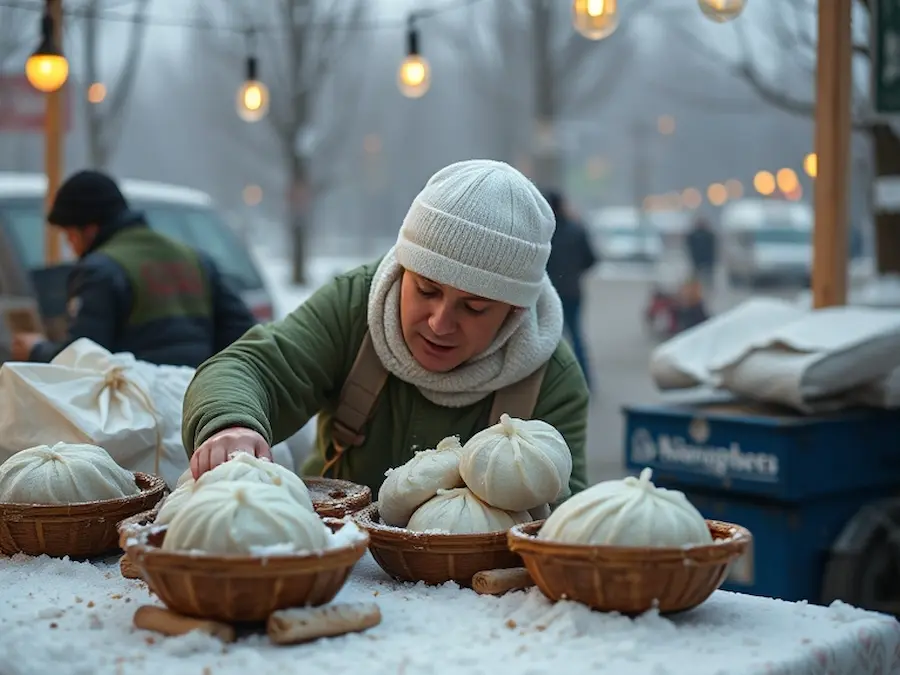
Russia has a great and very diverse culinary heritage to offer the world, with one of the widest ranges of delicious things to send one’s taste buds into ecstasy. Pelmeni is a sensational and hearty dish. These dumplings have a perfect combination of soft dough, tasty filling, and the ability to be prepared modularly. Let’s talk about the cuisine and the mystery of the Russian culinary heritage in the art of cooking.
The Perfect Mix of Dough and Filling
Any good pelmeni relies on the perfect dough-to-filling ratio. The dough has to be elastic yet firm and soft but not to the point of breaking down in cooking. Traditionally, the dough is made of flour, water, and just a pinch of salt. Sometimes, recipes contain eggs or milk, which enrich the flavor and give an excellent texture. The stuffing could be of classical variants with a mixture of minced meat and onions to the more modern ones, which had mushrooms and cheese in the stuffing. Making pelmeni is undoubtedly fun, as you can try out thousands of dough and filling combinations to soothe your taste buds.
The Magic of Home Cooking: Cooking Pelmeni – A Traditional Rarity
Pelmeni cooking is a revered art, not only of cooking but also of the phenomenon through which families and social existence are viewed. In Russia, pelmeni are often made in groups, sometimes in the hundreds at once. As a result, everyone creates these attachments and associations with togetherness in cultural heritage; stories are told with each dumpling spooned and wrapped, with much laughter and much passed on in the way of knowledge and love for making pelmeni through generations. It’s splendid food, family, and the paths of tradition.
Pelmeni has evolved to become famous globally as a typical dish from Russia. Whether enjoyed as an indulgence for a day in the cool of autumn or a delicacy done only for the holiday, the dumplings were always an explosion of taste. The preparation demonstrates how Russian gastronomy merges brilliance with creativity, tradition, skill, and passion. What could keep you then from attempting these delicious dumplings at home? Try out the different combinations of dough and fillings. Let your friends and family accompany you on this voyage because cooking, like any other adventure, is much more fun when experienced with close and loved ones.
Russia’s Culinary Masterpiece: Stroganoff
Very few can oppose the timeless Stroganoff in the list of iconic Russian dishes. This treat has already caused admiration in palates worldwide with its creamy sauce, tender strips of beef, perfectly cooked mushrooms, and the ultimate marriage of savory and indulgent flavors. This is undoubtedly true as stroganoff is certainly the pearl of Russian gastronomy.
Stroganoff was first prepared in the nineteenth century when it was introduced to Russia’s influential family, the Stroganovs. This particular dish grew popular and became standard in Russian homes and good restaurants. It has remained a classic for many years and is rightly regarded as a hallmark of Russian cooks’ creativity.
Although stroganoff is a preparatory method where specific ingredients are mixed with other ingredients for the intended creation of a mixture, at its core, it is, therefore, an ingredient list. In essence, beef tenderloin or sirloin cut into strips is pan-browned to braise in a yummy, mild sauce made of sour cream, onions, and beef broth. Sliced mushrooms are then sautéed to add a slight earthiness, another consideration that takes a whole new level: the dish’s deliciousness.
“Owing to the perfect interplay of most delicate tastes with the unforgettably melting in the mouth texture of beef, stroganoff became the real masterpiece of Russian cuisine. Therefore, it is not by chance that the name ‘stroganoff’ has long ago become synonymous with something elegant and sophisticated,” claims great Russian chef Ivan Petrov.
This dish is served over a bed of fluffy white rice or buttered noodles, so the creamy sauce can coat every strand and infuse it with such flavors. You can serve it with mashed potatoes or crusty bread to make it a complete, hearty meal. What is excellent about Stroganoff is its ease as a quick dinner for any casual weeknight or special occasion.
So, why not indulge in the culinary tour of Russian patrimony yourself by trying to concoct some Stroganoff in your kitchen? With that, you would taste the authentic flavor brought out by the ingredients in that classic dish. And indeed, you will appreciate how it made Russian cuisine even more special by the art that is cooking.
Valuable Cuisine Recipe: Russia’s Unforgettable Syrniki
Syrniki is high on the List of Favorites of Russian national cuisine. It is worthwhile to try golden pancakes: though simple—cottage cheese, flour, eggs, and sugar—they taste rather well. The dish’s name represents the name of the producer country—Russian—and says that the main ingredient is cheese, which in Russian is called ‘sir’.
Soft Texture: Crispy Outside, Tender Inside
The perfect texture is a must-have sign of great syrniki. They should be crispy and golden on the outside yet tender and still moist on the inside. The cottage cheese must be well-drained, and the excess water extracted gives them the pleasure of holding their form while cooking and getting that nice crunch. Additionally, medium heat with some clarified butter or vegetable oil prepares the syrniki in a way that keeps them uniformly fried, thereby giving rise to that crunch one looks forward to from the outside.
The Joy of Sweet Toppings: Serving Syrniki with Style
Syrniki leaves one plenty of room to be creative when it comes to sweet toppings. Traditionally, syrniki are accompanied by sour cream, honey, or fruit preserves like raspberry or apricot. These juicy toppings balance out the subtle taste of the cheese; they pop sweet in every bite. To make them richer, lay your syrniki on a bed of powdered sugar and serve them with a dollop of whipped cream. Hot and cold have never contrasted so well.
Give way to the magic of Russian cuisine with this unforgettable recipe for syrniki. It can be an impressive dish to fascinate your guests or a treat for you at breakfast or dessert—syrniki will undoubtedly be one of those must-try things. Remember the perfect texture from the crispy outside to the tender inside and the joy of exploring the sweet toppings that can do so much to your syrniki. Prepare to go on a gastronomic voyage that delights in the taste and tradition of Russia.
A Universe of Flavor: Musings on the Diversity of Russian Soups
Not to speak of the enormous range of soups that form an inseparable part of the culinary tradition speaking about Russian cuisine. Rich and savory, aromatic and flavorful, each bowl offers various flavors to ponder and explore. From the well-known borscht to less-known delights like okroshka, they all demonstrate huge culinary realia and evidence of a famous rich culture tapestry.
Borscht and Beyond: A Symphony of Soups
It would be incomplete to talk about soups without mentioning a Russian culinary jewel—borscht. The deep red, flavored combination of beet, cabbage, potatoes, and beef is a natural symphony of tastes and colors that strike through a mere gaze. It is best served with a dollop of sour cream and crusty bread, and borscht is the epitome of satisfaction.
“Borscht is the very core and passion of Russian food. Its beautiful colors, the added taste of ground, and values such as saturation and support for Russian people’s health are why Russian people adore it. Sweet beet, the sour taste of the curdled cream, and soft beef combined make boring lamps irresistible.” – Olga Ivanova, a Russian Announcer and Culinary Specialist.
But Russian soup is even more than that. Love, hope for the future, and happiness are served in the bowl. How many variations of it are there that one can taste? Like solyanka, it is a very delicious and thick soup cooked with different sorts of meat, pickles, and olives. This combination of the race in a flavor is quite unusual and comes out as spiced and piquant, to the extreme. And then, there’s shchi – the usual cabbage soup that has been a part of Russians’ everyday diets for many years. It depends on sauerkraut, onions, carrots, and other vegetables that make the borsch have a combination of sweet and sour taste when prepared.
Cold Comfort: The Surprising Delight of Okroshka
Unlike the warm and hearty soups above, there is another type of delight: cold soup. Okroshka is made of kvass, a refreshing, light sour base, added with small sliced vegetables and herbs or diced boiled meat. It is usually served in hot weather to cool the sweltering heat of summer.
“Okroshka is an excellent summer lexicon of Russian foods. It is just refreshing and cool in exasperating heat. With its special mixture of crunchy vegetables and sour kvass, it’s indeed a taste of Russian summer.” — Anna Petrov, Russian food lover
As you’ve discovered, Russian soups are known for their unbelievable range of flavors, textures, and aromas. Quite a number of soups, each telling its unique tale, display Russia’s regional influences and culinary traditions. Borscht or okroshka is rich, nourishing, and always very tasteful, bewitching in its diversity of taste. Soups will surely leave you captivated by their diverse flavors and undeniable charm.
Conclusion
In summary, Russian food’s culinary heritage represents a mosaic of tastes, methods, and components that will surely capture culinary enthusiasts’ interest globally. From age-old traditional dishes to contemporary free-wheeling interpretations, there is much to like in the cuisine’s valuable recipes.
This article explains how Russian artistry in cooking techniques explains why fresh, local ingredients are used for authenticity and why recipes embrace seasonal variations. Such gourmet cooking tips enhance the flavours and describe the dining experience.
We have also tasted the top-rated blini and pancake delights and visited the glorious world of Russian dumplings—pelmeni. We also glorified Russia’s most famous dish, Stroganoff, and tasted unforgettable syrniki with joyful sweet toppings.
Lastly, Russian soups varied, from the favourite borscht to the delight of okroshka. These soups speak volumes about the creativity and versatility of Russian cuisine.
Having submerged ourselves in the culinary delights of Russia, today we appreciate even more the flavour, tradition, and technique that creates an unforgettable meal. So why not take this journey with us and make your own? Enrich your palette with Russian cuisine, enjoying the delicious and appetite-satisfying meals that will leave you hungry for more!
FAQ
Q: What makes Russian Cuisine unique?
A: Russian cuisine is innovative because it has a great tradition of mixing flavors, techniques, and ingredients. There is nothing better than a precious selection of great recipes from previous years to the last generations since the value of Russian cuisine is mirrored in every recipe.
Q: Can you please point me in the right direction to access these great meal ideas?
A: This list guarantees some of the most delicious gourmet meals and real Russian cuisine classics. Round for round, from the crunchy, spicy, juicy to the naturally sweet, it will ignite your desire to cook gourmet meals.
Q: Any gourmet cooking tips for Russian cuisine?
A: Included are gourmet cooking tips that will help you maximize your Russian culinary creations. From incorporating local ingredients for freshness and authenticity to the art of traditional cooking techniques, these tips allow you to expand your cooking abilities.
Q: What type of influence do seasonal changes have on Russian recipes?
A: Seasonal variation is considered important in preparing Russian culinary art, as different ingredients are used at different times of the year. Examine the impact of seasonality in bringing depth and variety to your Russian creations.
Q: Name a few signature pancakes Russians enjoy.
A: Russia is known for its blini, a pancake that can be eaten in several ways. That’s what this chapter is going to get you thinking about various kinds of blini and suggestions for delicious fillings or toppings. A: Stop worrying about how to make perfect pelmeni at home.
Q: What can be more particular about that pride of Russia-stroganoff?
A: Russia’s signature stroganoff is an acclaimed difference; its mouth-watering sauce, succulent beef, and seasoned spices are unparalleled. Let this part familiarize you with what stroganoff entails and the ingredients one needs, and share a recipe with you so you may replicate this milestone of culinary art at home.
Q: What is the secret to getting the perfect texture for syrniki?
A: Syrniki is a Russian dish made from cheese curds. The ideal texture should be tender inside and crispy outside. This section gives several ideas about achieving the desired texture and lists some of the sweet toppings you may want to consider when you make and serve your own syrniki.
Q: What can you learn about Russian soups? What varieties of it can be distinguished?
A: Here, one should mention that Russian cuisine is rich in soups, such as borsch, and less famous but exquisite soups like okroshka.

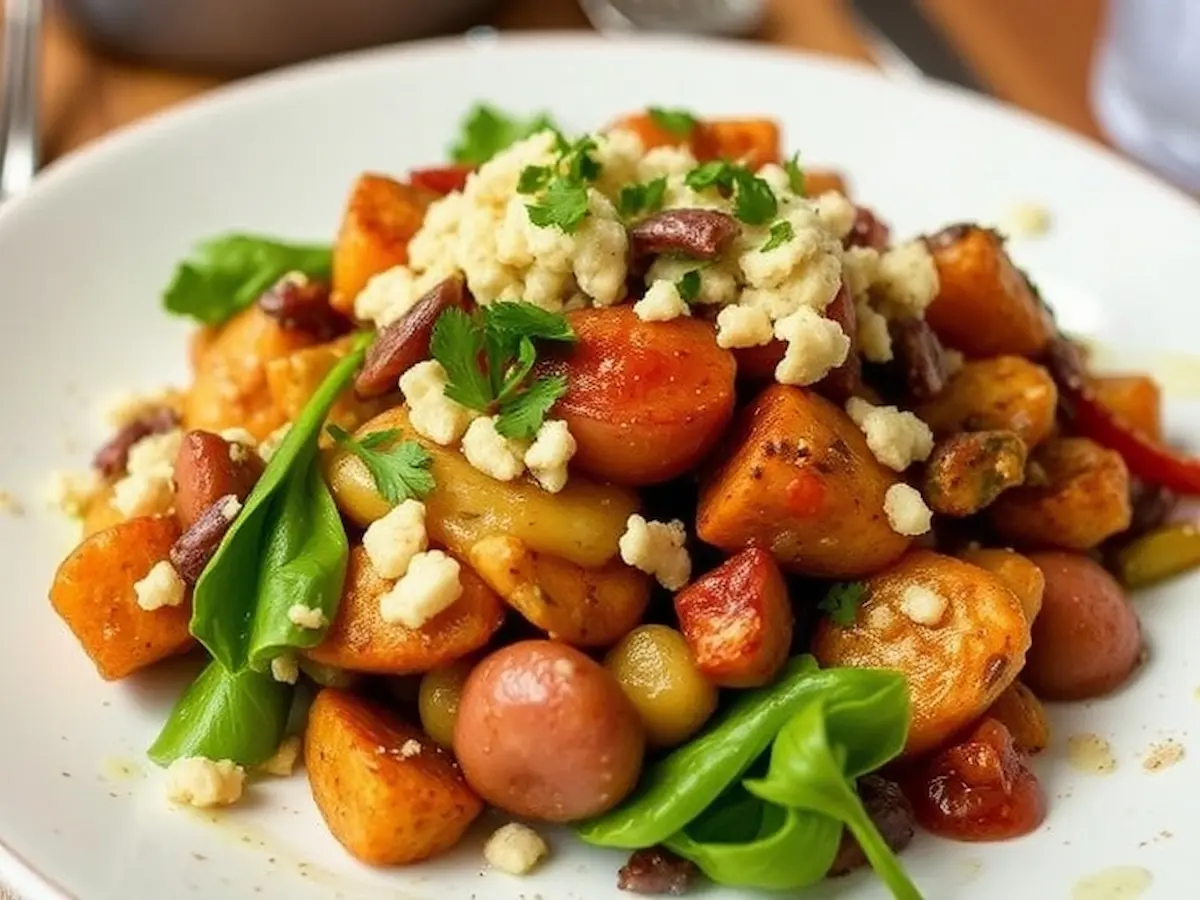
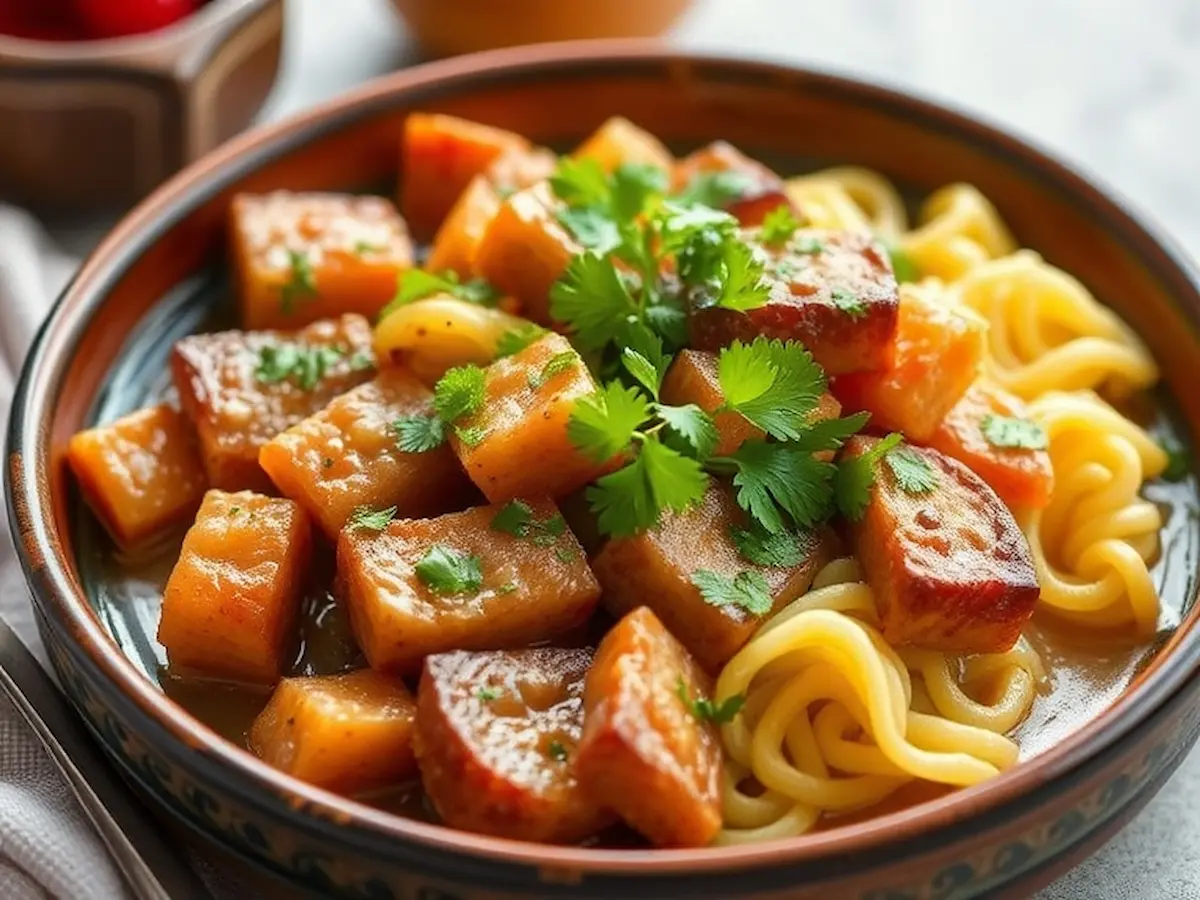
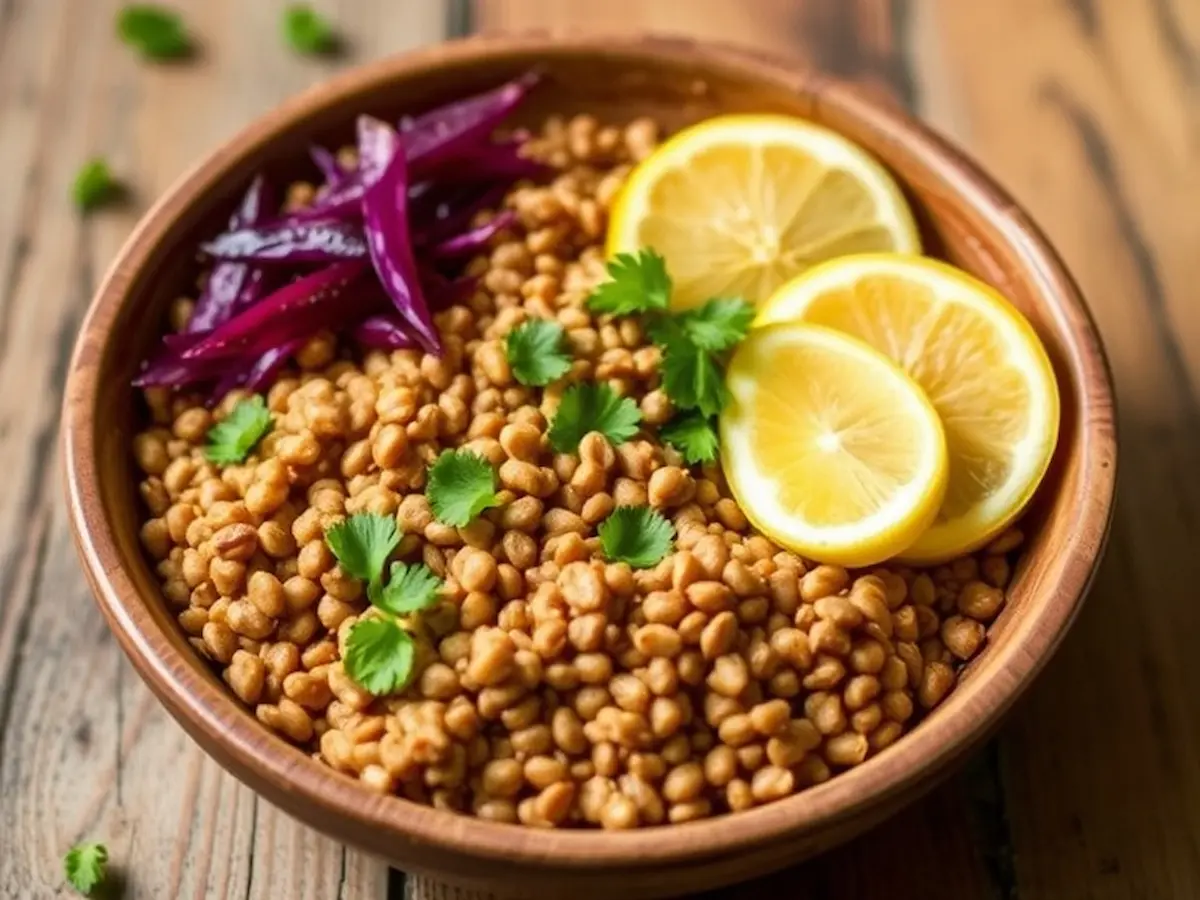
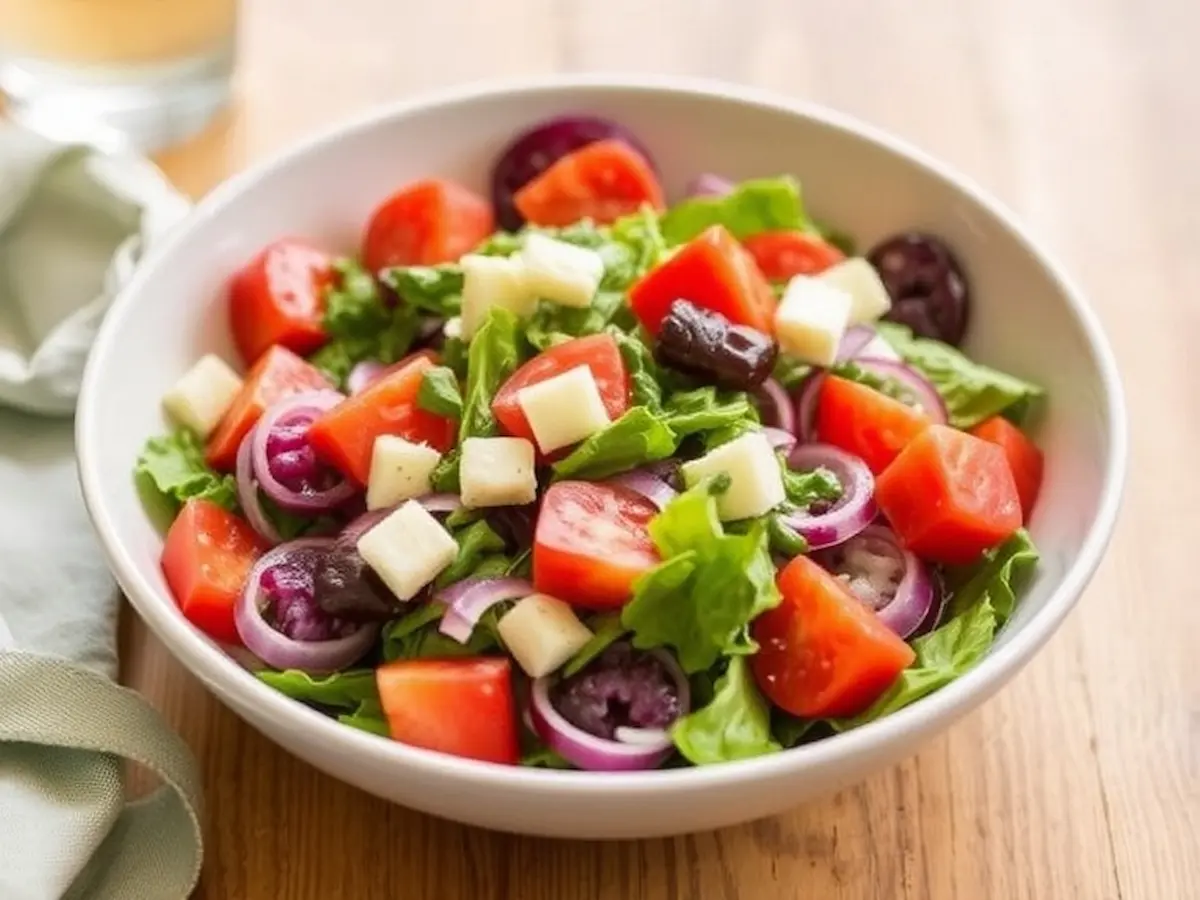




Pingback: Armenian Starters -Discover Valuable Appetizer Recipes That Are Popular Globally.